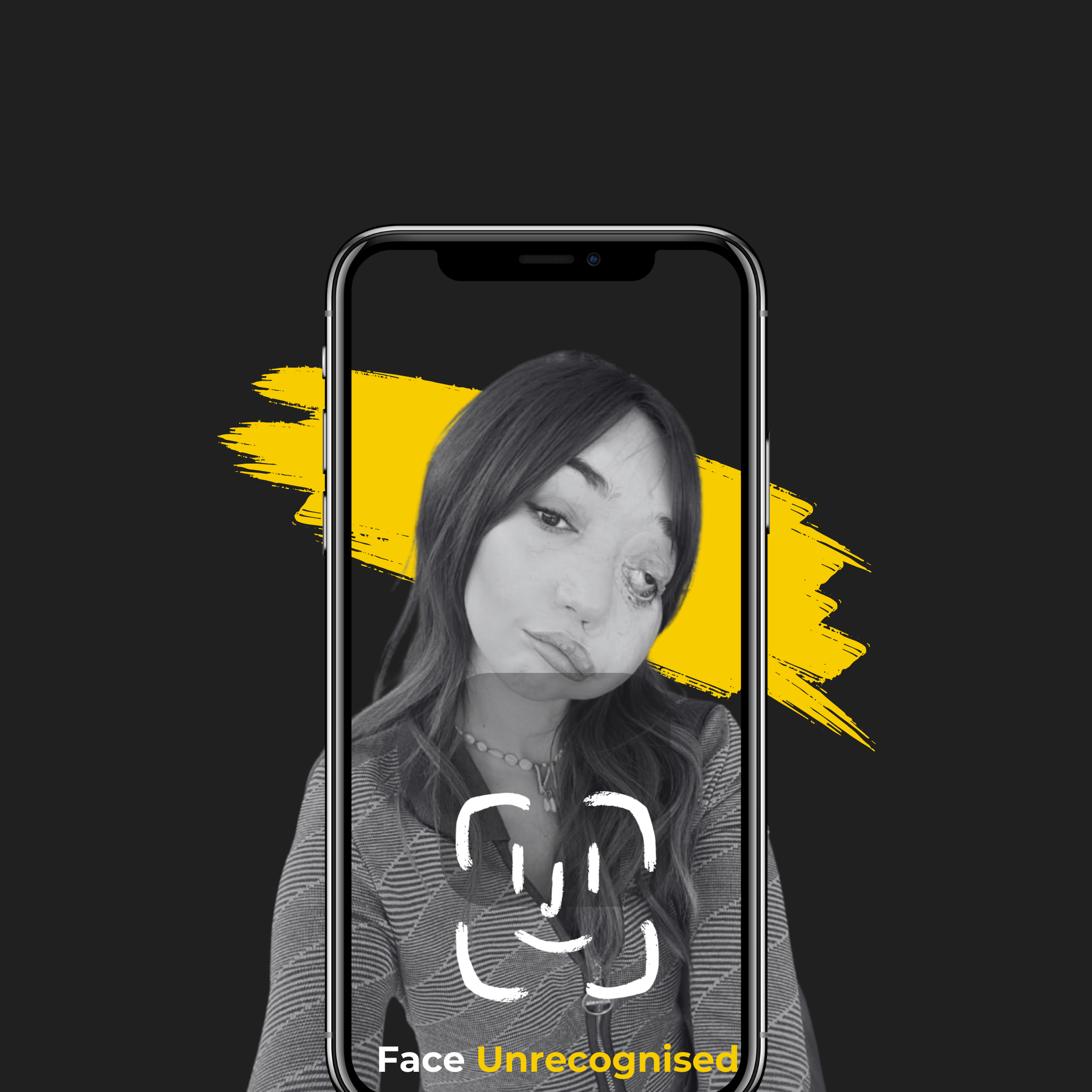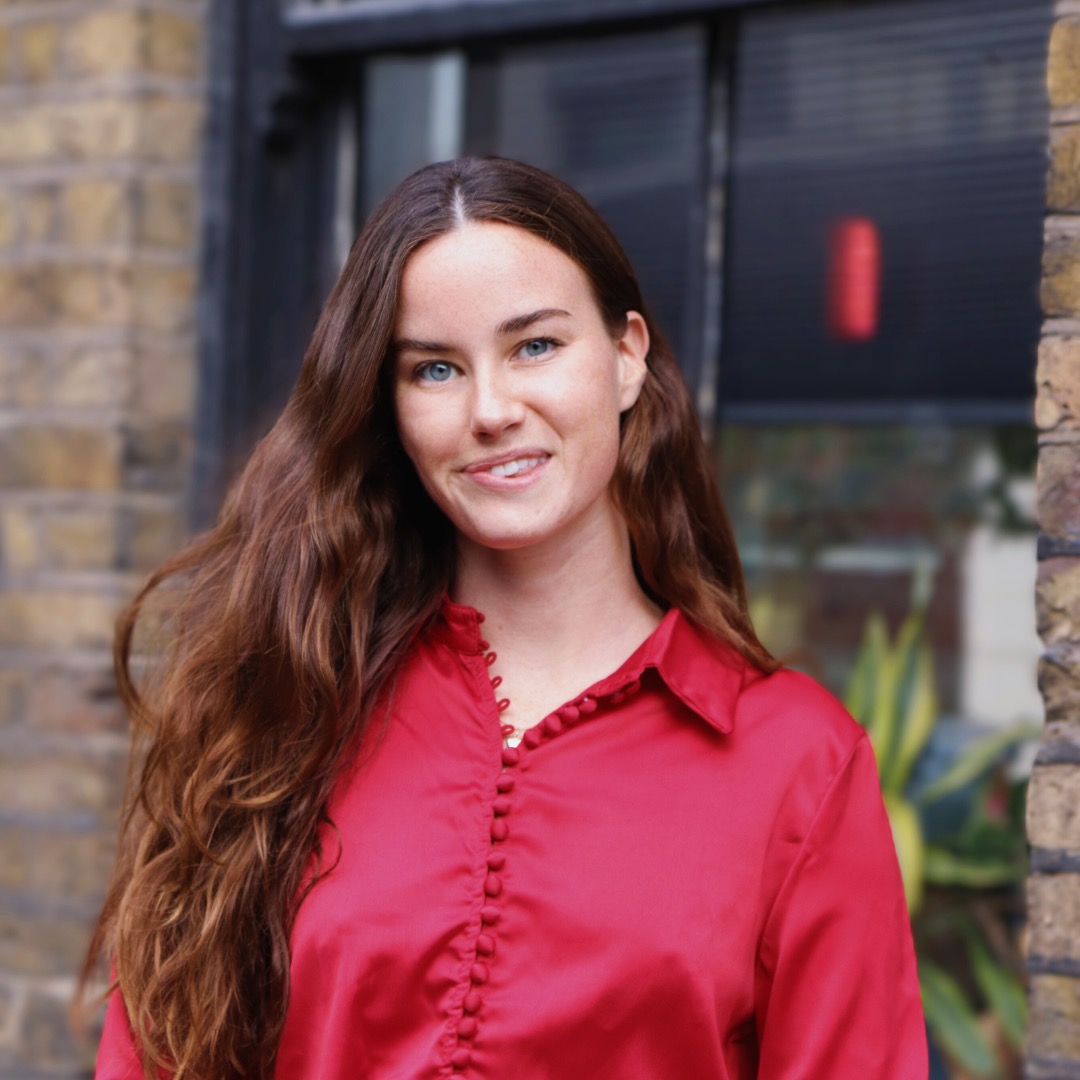Visit to Lalgadh Leprosy Hospital in Nepal
When it comes to destigmatising disfigurement on a community, society focused level, I don’t think I’m yet to experience anything as pioneering as what goes on at Lalgadh Leprosy Hospital. Having volunteered, then worked at both Changing Faces and FEI I’ve been around for eight years of the face equality campaign, I have seen ground-breaking initiatives to shape public perceptions and treatment of people with facial disfigurements (FD). But nothing more measured and proven to have an impact, than what goes on around Leprosy, disability and neglected tropical diseases here in Nepal. We have a lot to learn from their research-led advocacy, which directly proves a shift in perception and behaviour, post community intervention. So I’m excited to share these principles with the FEI Alliance and beyond.

Over 3000 people in Nepal get Leprosy each year, according to government statistics. I’m told there’s a gap between these numbers and the true prevalence of this neglected tropical disease. The numbers are dependent on whether or not someone attends a government hospital, whether the persons affected come forward for treatment, and a number of other issues which either I’m not informed upon, or are not for me to comment upon here.
Challenges experienced by people with Leprosy in Nepal come from the top down and the ground up. For instance, there’s still a law in place which means if your partner gets Leprosy, you can divorce them. And deep rooted stigma and misconceptions around the disease exist in remote areas where education is limited, where some believe Leprosy can be contracted by having sex which a woman whilst she’s on her period. But such beliefs and behaviours also exist in more educated and theoretically less prejudiced parts of society, where education and wealth actually increase the empathy gap.

Importantly for our work at FEI, Leprosy can come with many appearance affecting elements both for someone’s face and body, and I’m told by the team at Lalgadh that when the ‘deformity comes, the stigma comes.’ Unsurprising huh? This word ‘deformity’, that we don’t tend to use at FEI is the dominant term here in medical/charity settings. In community settings, the words to refer to people can often be whatever the local dialect is for disabled. Regularly used in place of someone’s actual name, people will just say the word for disabled, ‘deaf and dumb’ or even the translation of infectious or contagious. Hearing this from many people I’ve spoken to, reduced to being nameless, hit me hard. But the reality of life with a disfigurement here gets much worse than just derogatory names.
The aspect of Leprosy here that is unique to a lot of other disfigurements is, that it is in fact contagious, through prolonged (months of) close contact with someone who has untreated Leprosy, not by contact such as shaking hands or sitting next to a person. There are seemingly a lot of other FDs that are thought to be contagious here, that outside of low income settings they wouldn’t be, such as Vitiligo, which due to little health education also means that people with this skin condition have others refusing to touch or go near them. So the stigma of Leprosy is very much shaped by fear of infection and thereby there are clear distinctions with the approach to destigmatisation, but the principles are very much universal.
Like many other documented stories of living with disfigurement in South Asia or Africa, people with Leprosy are often hidden away. Forced to live outside of the family home, outdoors with the animals – treated like animals. Deprivation of human touch is something that I remember reading about a lot during Covid when people living alone and social distancing really struggled. Even after just a few weeks away from my friends and family I can start to feel the absence of that kind of much needed human affection. I can’t help but feel that this is a vital human need that people are being deprived of. And the men here often hold hands in the streets, so it’s not as though I’m just applying my own feelings to a non ‘touchy-feely’ culture.

So what else did I observe? Sitting in on peer support groups, prevention groups, and advocacy training for the women of the villages, I saw the profoundly positive impact these ‘Community Based Rehabilitation Programs’ had, particularly when it came to understanding whether people with Leprosy were still experiencing discrimination after the hospital had intervened. What I understood was that thanks to having a supportive network around them, and greater understanding from the community thanks to ‘Community Counselling’, being discriminated against, i.e. denied work, or being excluded from the home was no longer an issue.
This hospital is able to specifically address any challenges that come as the result of poor education in communities on Leprosy and disfigurement. In comparison, we often hear of school based awareness programs to prevent appearance based bullying in developed countries, but proving clearly that bullying has been eradicated as a direct result of this is much harder to do. Perhaps because educational interventions are delivered on a larger, less ‘patient/person specific’ scale, or perhaps because peer support and education programmes don’t always work together with each other to directly track an individual’s experiences of discrimination.
When I used to work at Changing Faces, I remember speaking to the Education Advocacy lead, Jane Frances about how research indicates that if you go to a school where a parent has requested a talk/workshop for the students off the back of bullying experienced by a child with FD in that school, then it can actually ostracise and draw more attention to that child. Instead, creating a culture that embraces appearance diversity and learning about disfigurement whether there is a child there with a disfigurement or not would be the ideal scenario. But in practice, incorporating this into mainstream education is much more difficult.
Once again, the challenges across the world experienced by people with disfigurements are clearly paralleled, but there is not one tried and tested way to effectively ensure stigma and discrimination are eradicated. These types of ‘interventions’ are still in their infancy, if at all in existence yet in all any country. But I am once again filled with hope that there is in fact a framework that exists to prevent stigma around Leprosy here in Nepal, and I have a feeling it could easily be adapted, tried and tested anywhere else in the world. Applied in such a way that it can be adapted to suit the culture and community it is used in.

One thing that I’m finding out here is that women-led, women-focused support and advocacy programmes are where a lot of organisations have channelled their energies. Which chimes with my experience of the development sector as a whole. Perhaps for all the wrong reasons, where mothers are seen to be to blame for disease and disability. But seeing the sense of community and power that these women hold first hand, particularly when standing before a group of women in real life where they’re all coming together to make the change they want to see was something truly wonderful for me to behold.
Particularly when coming from my own culture and background, one that’s often very individualistic, and one where we’re mostly buried in our phones trying to make change rather than sitting alongside real life people fighting for our needs. At least this is what I tried to convey when I was put on the spot at an advocacy training workshop where they were teaching the women how to advocate for their rights and come together to lobby the local government on issues such as better drains to prevent Dengue fever. I was asked to stand up and say a few words after the trainer pointed at me and said something like ‘this woman has come all this way on her own as a woman, you see what’s possible’. I then stood up and had them translate something cobbled together which started with, ‘now it’s time for a woman to speak’ and went on to say how much power in numbers this group had at their disposal.

So I guess the overarching sense I got from my time at Lalgadh Leprosy hospital was a reaffirming one. That yes medical intervention is entirely essential, but without community based support and education for when a patient returns home, that operates directly in line with medical intervention, then how can we expect people to thrive, when physical healthcare is just what, 2% of their entire lives. Maybe 5%. That’s just pulling a percentage from thin air, and it might seem reductive given how much goes into ensuring that healthcare is as high quality as it can be. But if we’re to address the holistic needs of a person, then once again, medical care alone is not enough.
Tags: destigmatise, Face Equality, healthcare, leprosy, nepal, stigma, stigma project Posted by


